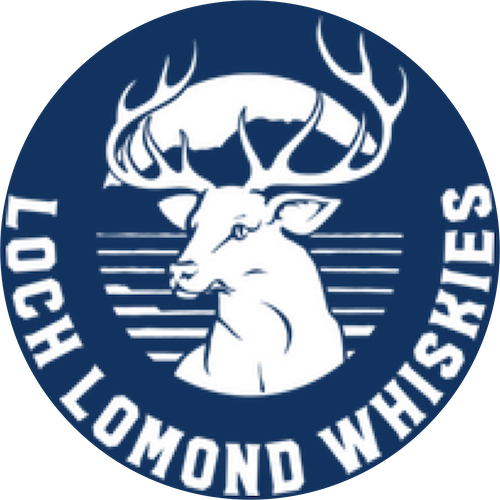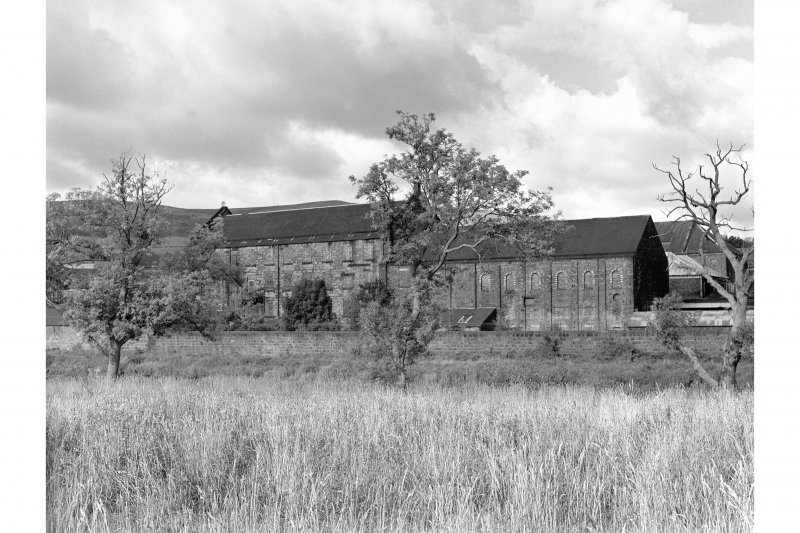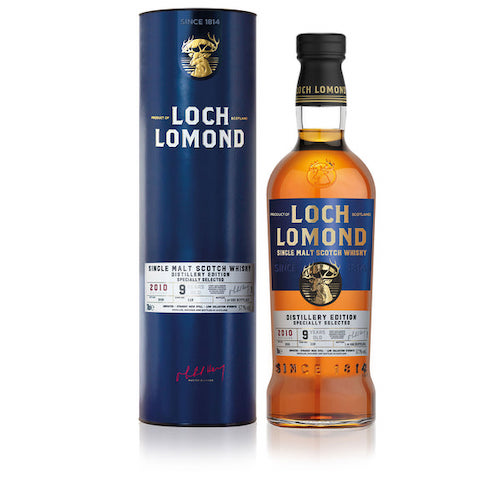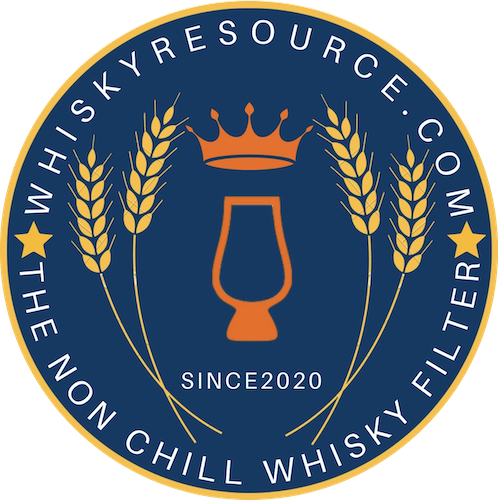

Photo: Still Room from Loch Lomond Distillery Website (link)
Undoubtedly the most flexible and diverse of any distillery in Scotland.
Built in the 1960s, Loch Lomond Distillery is located to the south of Loch Lomond in the small town of Alexandria.
Close to the border between the Highland and Lowland Whisky regions, the whisky is classed as a Highland Malt and Grain Distillery.
The distillery under Master Blended Michael Henry produces a large array of single malts and grain whiskies both unpeated and peated, as well as a range of blended whiskies and most rare of all the Single Distillery Blend, something that only a few distilleries in Scotland could achieve (Borders / Bruichladdich / Girvan (Ailsa Bay) / InchDairnie). They also produce Ben Lomond Gin (link).The distillery operates several stills of three different designs.
The original stills from 1966, standard pot stills from 1999 and the most recent addition, pot still with a rectifying column in the neck (often referred to a Lomond Stills).
TIMELINE
1814 - The first site of the former Loch Lomond distillery dates back to 1814, sited at the north end of Loch Lomond near Tarbet (known as Tarbat). Sadly in the old days relatively few paper records were kept and the closing date of this distillery remains unclear*
*it is believed to have closed in 1817.
NOTE:
There is no further information about the former distillery, however, should more information become available this page will be updated.

The United Turkey Red Company Dye Works (image credit Canmore.org.uk)
1965 - The distillery was commissioned by the Littlemill Distilling Company (link) owned by
American Duncan Thomas, by converting the former dye works on the site belonging to United Turkey Red Company (link). Construction was done in partnership with Barton Brands of Chicago.

Aerial view of the dye works (image credit Canmore.org.uk)
1966 - Construction is complete and the first distillation takes place.
1966 - An updated version of TinTin: The Black Isle, which is re-witten in English, is released (originally from 1937) what was once Captain Haddocks (link) whisky of choice Johnnie Walker is replaced with Loch Lomond Whisky, this was just a happy coincidence as the whisky featured in the 1966 re-writing was not thought to have existed when the text was changed.
1971 - Duncan Thomas is bought out (both Littlemill and Loch Lomond) by Barton Brands of the USA and Barton Distilling is formed. At this time the distillery is producing two styles of whisky Rossdhu and Inchmurrin from a single pair of stills with rectifying heads.
1984 - Due to the recession in the 1980s the distillery shut down.
1985 - The distillery is purchased by Inver House Distilleries.
1986 - Inver House sell the distillery to Glen Catrine Bonded Warehouse Ltd
1987 - Under the new owners, production resumes.
1992 - A second pair of Pot Stills with rectifying heads are installed.1
1994 - A Coffey still to produce the distilleries first grain whisky is installed.1
1998 - A third pair of traditional pot stills with narrow necks are installed.1
2004 - Glen Catrine purchase the fire damaged Littlemill Distillery.
2007 - Michael Henry starts at Loch Lomond Distillery
2007-2008 - A fourth pair of stills, a modified Coffey still to produce malt spirit is added.1
2014 - Michael Henry is appointed Master Blender
2014 - In March of this year, a group of senior managers led by CEO Colin Matthews with backing from Exponent, a private equity company, purchased Loch Lomond for £210 Million (link). The deal includes Glen Scotia Distillery, Glen Catrine Bonded Warehouse bottling plant and warehousing in Ayrshire.
2016 - Additional stills are installed expanding the malt and grain production capacity.
2019 - In June of this year, a second buyout led by CEO Colin Matthews and the management team with financial backing coming from the Asian funders Hillhouse Capital.
2022 - October this year sees Loch Lomond release their oldest whisky to date, a 54 year old single malt (link).

The distillery release their first ever distillery edition (link).
2023 - Distillery Editions two and three are released both fantastic examples of Single Distillery Blends, this is where Single Malt Whisky and Single Grain Whisky from the same distillery is blended together, while technically it is a called a Single Blended Scotch Whisky, as it is from a single distillery.
Additional technical information:
Loch Lomond as alluded is a very diverse distillery with its production capability. Not only does it produce both Malt and Grain Whisky, it also offers peated and unpeated malt, unpeated grain and more unusually peated grain whisky.
While the figures below vary depending on business reasons, the following gives an idea of the typical production:
3 Months of Heavily Peated Spirit
1 Month Medium Peated Spirit
9 Months Unpeated Spirit
Thank You to Michael Henry for providing information.
To see the current range of Whisky from Loch Lomond on Whisky Resource (link)
1 The additional still information needs further clarification / citation for accuracy.

